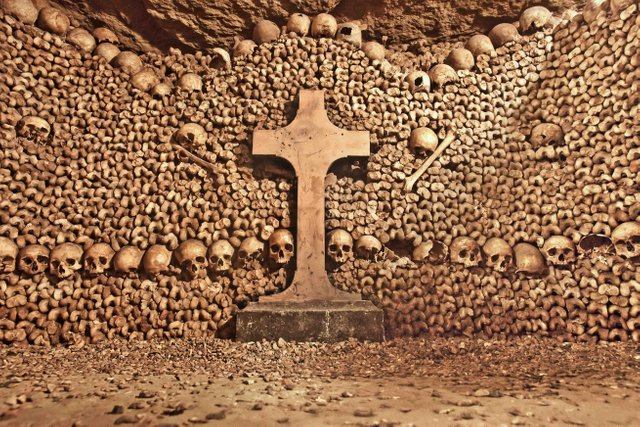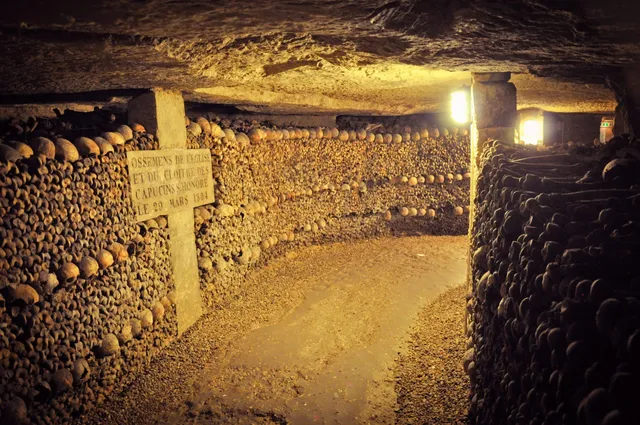
Exploring the Catacombs of Paris: A Journey Beneath the City of Light
The Catacombs of Paris, a labyrinthine network of tunnels and chambers beneath the bustling streets, offer a unique glimpse into the city's history, mystery, and macabre charm. These subterranean ossuaries hold the remains of over six million people, making them one of the most eerie and fascinating attractions in the French capital. Let’s embark on a journey through this underground world and uncover its secrets.
A Historical Overview
The Catacombs were created in the late 18th century as a solution to the city’s overflowing cemeteries. With Parisian graveyards at capacity and posing health risks, city officials decided to move the bones to the tunnels of former limestone quarries. In 1786, the bones from the Cemetery of the Innocents began to be transferred, and the ossuary was officially consecrated as the “Catacombs” in 1788.
The Descent into Darkness
Visitors enter the Catacombs through a small, unassuming building in the 14th arrondissement. After descending a narrow spiral staircase, you find yourself 20 meters (65 feet) below ground, in a cool and dimly lit world far removed from the vibrant streets above. The air is thick with history, and the silence is profound, broken only by the occasional drip of water.
The Ossuary: A City of Bones
The most famous part of the Catacombs is the ossuary, where bones are meticulously arranged into walls, columns, and even decorative patterns. Skulls and femurs line the corridors, forming haunting displays that evoke both reverence and curiosity. These bones are not just relics of the past but are silent witnesses to centuries of Parisian life and death.

Famous Visitors and Myths
Over the years, the Catacombs have attracted many famous visitors, including Emperor Napoleon III and Charles X. Legends and myths abound about the labyrinth, such as tales of hidden treasures, secret societies, and mysterious disappearances. One of the most enduring stories is that of Philibert Aspairt, a doorkeeper who got lost in the Catacombs in 1793 and was found eleven years later, identified by his hospital key.
Art and Architecture in the Depths
While the Catacombs are primarily an ossuary, they also house unique examples of underground architecture and art. The “Barrel of Passion,” a pillar of bones supporting the ceiling, and various sculptures carved into the rock by quarry workers add an artistic dimension to this eerie underground space. Graffiti from different eras, including Revolutionary slogans and 19th-century musings, decorate the walls, providing a fascinating historical record.
Modern-Day Exploration
Today, the Catacombs are a popular tourist attraction, drawing visitors from around the world who are intrigued by their macabre allure. Guided tours offer insights into the history and significance of this underground necropolis, while strict regulations ensure the preservation of this delicate site. Despite the official routes, there are countless kilometers of tunnels that remain off-limits, stirring the imaginations of adventurers and urban explorers.

Preservation and Respect
Preserving the Catacombs is an ongoing challenge. The damp conditions, coupled with the steady stream of visitors, pose risks to the integrity of the site. Efforts are continuously made to protect the bones and maintain the structure, ensuring that this historical treasure remains for future generations. Visitors are reminded to show respect for the remains and to adhere to the rules during their visit.
The Catacombs of Paris are more than just a tourist attraction; they are a profound reminder of the city's layered history and the inevitability of mortality. As you wander through the dimly lit tunnels, you can't help but reflect on the lives once lived above ground and the stories these bones could tell. It’s a journey that leaves a lasting impression, reminding us of the delicate balance between life and death in the City of Light.